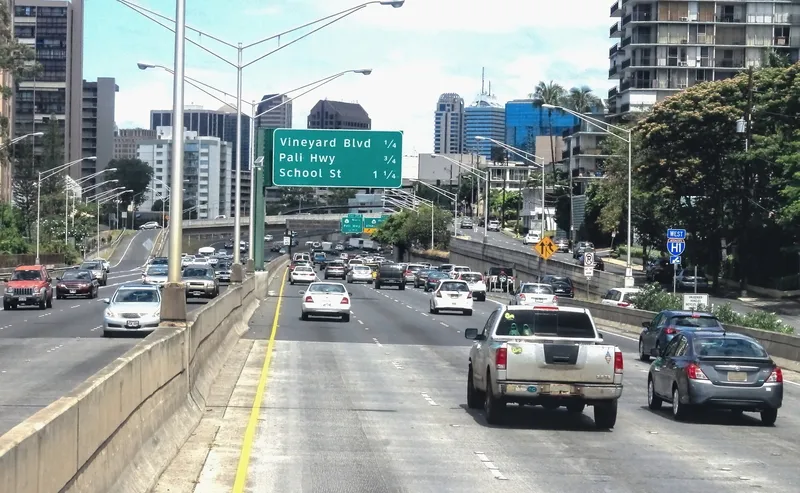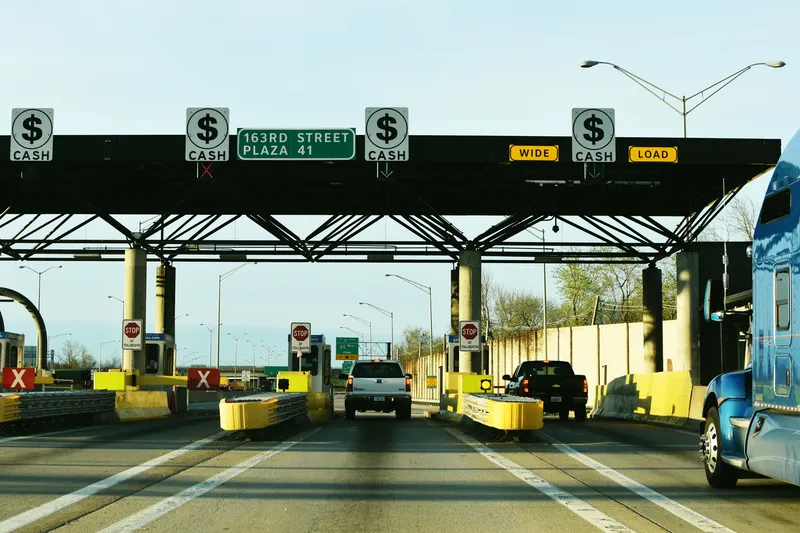
Hawaii Department of Transportation (HDoT) has begun issuing warnings from speed cameras at 10 intersections in downtown Honolulu.
Cameras at these intersections have been issuing citations for red-light running since November 2022 - and this has seen a 69% reduction in major crashes, HDoT says. Adding speed enforcement is designed to improve safety there.
“Speed is a crucial factor in whether or not someone will survive a car crash,” said HDoT director Ed Sniffen. “Although statistics show nearly half of the traffic deaths in Hawaii over the past five years are directly attributable to speed, we know through physics that the higher the collision speed the more serious the injury. If motorists drive at appropriate speeds, we can reduce crashes and keep vulnerable users like pedestrians and bicyclists safe.”
The warnings will continue until 29 April, for the purposes of driver education, after which fines will start to be issued.
Incidents are captured by the system as still images and a 12-second video, and that data is transferred to a processing centre for preliminary screening.
A local reviewer checks the images, data and speed to determine a violation, which are mailed within 10 days of the initial incident.
The vehicle's registered owner can review the data on the online portal after receiving the posted citation in the mail.
Fines will be deposited into a fund which can only be used for "the establishment, implementation, operation, oversight, repair and maintenance of the safety camera systems".
The intersections are:
Vineyard Boulevard and Pālama Street
Vineyard Boulevard and Liliha Street
Vineyard Boulevard and Nu‘uanu Avenue
Pali Highway and Vineyard Boulevard
Pali Highway and North School Street
Likelike Highway and North School Street
Ward Avenue and South King Street
Kapi‘olani Boulevard and Kamake‘e Street
South Beretania Street and Pi‘ikoi Street
McCully Street and Algaroba Street







